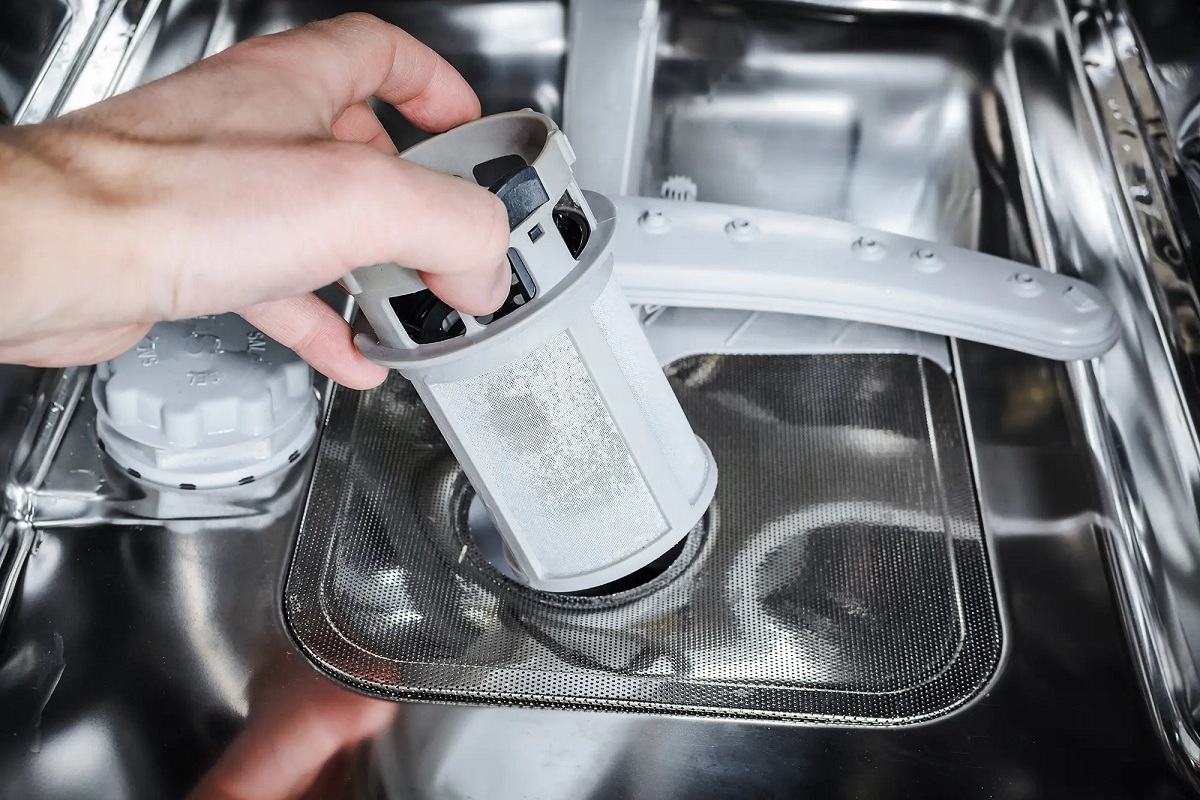

Articles
Where Is The Filter In A Dishwasher
Modified: October 29, 2024
Learn where to find the filter in a dishwasher with this informative article. Discover how to maintain and clean your dishwasher for optimal performance.
(Many of the links in this article redirect to a specific reviewed product. Your purchase of these products through affiliate links helps to generate commission for Storables.com, at no extra cost. Learn more)
Introduction
Welcome to the world of modern convenience – the dishwasher! This appliance has revolutionized the way we clean our dishes, saving us time and effort. But have you ever wondered how the dishwasher manages to remove all the food bits and debris from your dirty dishes? That’s where the dishwasher filter comes in.
The dishwasher filter plays a crucial role in ensuring that your dishes come out clean and sparkling after each cycle. It traps food particles, grease, and other debris, preventing them from clogging the dishwasher’s pump or spraying onto your dishes. Without a properly functioning filter, your dishwasher may not be able to perform efficiently and could even cause damage to the appliance itself.
In this article, we will explore the importance of dishwasher filters, the different types available, and where you can find them in your dishwasher. We’ll also discuss how to access, clean, and maintain the filter, as well as troubleshoot common issues that may arise.
So, let’s dive in and uncover the secrets behind that elusive dishwasher filter!
Key Takeaways:
- Dishwasher filters are essential for clean dishes, preventing clogs, and maintaining hygiene. Regular cleaning and maintenance optimize performance and longevity, ensuring sparkling results every time.
- Knowing the filter type, location, and maintenance techniques is crucial for efficient dishwasher operation. Troubleshooting common filter-related issues ensures a smooth dishwashing experience.
Read more: How To Clean Filter On Kitchenaid Dishwasher
Importance of Dishwasher Filters
Dishwasher filters are a vital component that ensures the proper functioning of your dishwasher and delivers consistently clean results. Here are some key reasons why dishwasher filters are important:
- Food Particle Removal: The primary purpose of the dishwasher filter is to trap food particles, residue, and other debris that are left behind after a dishwashing cycle. This prevents these particles from circulating back onto your dishes, leaving them clean and free from any unwanted leftovers.
- Prevention of Clogs: The filter plays a critical role in preventing clogs in your dishwasher’s pump and spray arms. It catches larger food particles and prevents them from entering the pump, which could potentially reduce its effectiveness or lead to costly repairs.
- Protecting Dishware and Cutlery: A properly functioning filter helps protect your dishes, glassware, and cutlery from damage caused by food debris and debris. By trapping these particles, the filter prevents them from scratching or etching the surfaces of your cherished items.
- Improved Hygiene and Odor Control: The presence of leftover food particles in your dishwasher can lead to unpleasant odors and the growth of bacteria. A clean and well-maintained dishwasher filter ensures better hygiene by trapping these particles and preventing the buildup of odors and harmful bacteria.
Overall, dishwasher filters play a crucial role in maintaining the performance and longevity of your appliance, as well as ensuring the cleanliness and hygiene of your dishes. Regular cleaning and maintenance of the filter are necessary to optimize its effectiveness and extend the lifespan of your dishwasher.
Types of Dishwasher Filters
There are different types of filters used in dishwashers, each designed to effectively capture and remove food particles and debris. Here are the most common types of dishwasher filters:
- Mesh Filters: Mesh filters, also known as coarse filters or microfilters, are made of fine mesh screens or grids that trap larger food particles and debris. These filters are often found in older dishwasher models. While effective at capturing larger particles, smaller particles may still pass through, requiring additional filtration methods.
- Self-Cleaning Filters: Self-cleaning filters, also known as self-cleaning screens or monofilament filters, are more advanced and efficient. These filters use a combination of multiple layers of mesh and a self-cleaning mechanism to remove food particles. The self-cleaning mechanism functions by agitating the filter during the wash cycle, dislodging and flushing away trapped debris.
- Fine Filters: Fine filters, or secondary filters, are often paired with mesh filters or self-cleaning filters. These additional filters work to capture smaller particles that may have passed through the primary filter, ensuring a thorough cleaning process. Fine filters are typically made of finer mesh or fabric materials that can trap even the tiniest debris.
- Cylindrical Filters: Cylindrical filters are commonly used in newer dishwasher models. These filters are positioned vertically in the dishwasher, and their cylindrical shape allows for efficient water flow. They are typically made of stainless steel or plastic, equipped with small holes or slits to capture food particles and debris.
The type of filter your dishwasher has will depend on the make and model of the appliance. It’s important to consult your dishwasher’s user manual or contact the manufacturer to determine the specific type of filter used in your dishwasher.
Regardless of the type, regular maintenance and cleaning of the dishwasher filter are essential to ensure optimal performance and prevent clogs or malfunctions. Knowing the location of the filter in your dishwasher is the first step to maintaining and cleaning it effectively, which we will discuss in the next section.
Location of the Filter in a Dishwasher
The exact location of the filter in a dishwasher can vary depending on the make and model. However, there are a few common areas where you can typically find the dishwasher filter:
- Bottom of the Dishwasher: In many dishwashers, the filter is located at the bottom of the dishwasher tub. It is often positioned near the back or center of the dishwasher. To access the filter, you may need to remove the lower rack and other components that cover it.
- Inside the Wash Arm Assembly: Some dishwasher models have the filter integrated into the wash arm assembly. In these cases, the filter may be found below the spray arm or attached to the wash arm. To access the filter, you may need to remove the spray arm or other parts of the wash arm assembly.
- In a Removable Housing: Certain dishwasher models have a separate housing or compartment specifically designed for the filter. This housing can be located on the bottom of the dishwasher or in the front panel. It may have a removable cover or access panel that allows you to easily remove and clean the filter.
It’s important to note that not all dishwashers have a visible or easily accessible filter. Some newer models are equipped with hidden or self-cleaning filters that do not require regular manual cleaning. In these cases, the filter is typically located inside the dishwasher and is automatically cleaned during the wash cycle.
If you’re unsure about the location of the filter in your dishwasher, refer to your dishwasher’s user manual or contact the manufacturer for specific instructions. Now that you know where to find the filter, let’s move on to the next section to learn how to access and clean it.
The filter in a dishwasher is typically located at the bottom of the appliance, underneath the spray arm. It’s important to regularly clean and maintain the filter to ensure proper functioning of the dishwasher.
How to Access the Filter
Accessing the dishwasher filter is necessary for regular maintenance and cleaning. While the process may vary slightly depending on your dishwasher model, here is a general step-by-step guide on how to access the filter:
- Turn Off the Dishwasher: Before attempting to access the filter, ensure that the dishwasher is turned off and unplugged. This is crucial for your safety and to avoid any potential damage to the appliance.
- Remove the Lower Rack: Open the dishwasher and remove the lower rack. Set it aside carefully, making sure not to damage any delicate items or utensils.
- Check for Any Obstructions: Take a moment to inspect the bottom of the dishwasher tub for any large food particles or debris that may be obstructing the filter. Use a damp cloth or sponge to remove any visible obstructions before proceeding.
- Locate the Filter: Depending on your dishwasher model, the filter may be situated at the bottom of the dishwasher tub, inside the wash arm assembly, or within a removable housing. Refer to your dishwasher’s user manual or contact the manufacturer if you’re unsure about the precise location of the filter.
- Remove the Filter: Once you have located the filter, carefully remove it from its position. Some filters may require twisting or unscrewing, while others may simply have a latch or tab that needs to be released. Follow the specific instructions provided for your dishwasher model to safely remove the filter.
- Clean the Filter: Once the filter is removed, rinse it under warm water to remove any loose debris or buildup. You can use a soft brush or toothbrush to gently scrub away stubborn residue. Avoid using harsh chemicals or abrasives that could damage the filter.
- Inspect for Damage: While cleaning the filter, take the opportunity to inspect it for any signs of damage or wear. Look for tears, holes, or deterioration that may affect its performance. If you notice any damage, consider replacing the filter to ensure proper functioning.
- Reinstall the Filter: After cleaning and inspecting the filter, carefully reinsert it back into its original position. Ensure that it is securely fitted or fastened according to the manufacturer’s instructions.
- Replace the Lower Rack: Once the filter is successfully reinstalled, place the lower rack back into the dishwasher. Make sure it slides smoothly and aligns correctly with the dishwasher’s tracks.
- Power On the Dishwasher: Finally, plug in the dishwasher and turn it on. Now, your dishwasher is ready to tackle the next load of dirty dishes with a clean and properly maintained filter in place.
Remember to consult your dishwasher’s user manual or contact the manufacturer for specific instructions and guidelines on accessing and cleaning the filter, as the process may vary depending on the make and model of your dishwasher.
Now that you know how to access the filter, let’s move on to the next section to learn about cleaning and maintaining the dishwasher filter.
Read more: How To Clean Filter On Maytag Dishwasher
Cleaning and Maintaining the Dishwasher Filter
Regular cleaning and maintenance of the dishwasher filter are essential to ensure its optimal performance and prevent clogs or malfunctions. Follow these guidelines to effectively clean and maintain your dishwasher filter:
- Frequency of Cleaning: It is recommended to clean the dishwasher filter at least once a month to keep it free from debris and buildup. However, if you notice any unusual odors, decreased cleaning performance, or visible residue on your dishes, it may be necessary to clean the filter more frequently.
- Rinse the Filter: Before removing the filter from the dishwasher, rinse it under warm water to remove any loose food particles or debris. This will help prevent further build-up and make the cleaning process more effective.
- Soak in Vinegar Solution: Prepare a solution of equal parts water and white vinegar. Submerge the filter in this solution and let it soak for about 15 to 20 minutes. Vinegar helps break down grease, remove odors, and dissolve mineral deposits that may accumulate on the filter.
- Gentle Scrubbing: Use a soft brush or toothbrush to gently scrub the filter, paying attention to any stubborn residue or buildup. Avoid using harsh chemicals or abrasive materials that could damage the filter. Continue scrubbing until the filter is clean and free from debris.
- Rinse Thoroughly: Rinse the filter again under warm water to remove any remaining vinegar solution and loosened debris. Make sure to wash away all traces of cleaning agents to prevent any unwanted tastes or odors from transferring to your dishes during the next wash cycle.
- Dry Completely: After cleaning and rinsing, allow the filter to air dry completely before reinstalling it in the dishwasher. Ensuring that the filter is fully dry prevents the growth of bacteria or mold and maintains its effectiveness.
- Inspect and Replace: During the cleaning process, inspect the filter for any signs of damage, such as tears or holes. If you notice any significant damage or if the filter is beyond cleaning, consider replacing it with a new one to maintain optimal performance.
- Regular Dishwasher Maintenance: In addition to cleaning the filter, it is important to perform regular maintenance tasks for your dishwasher. This includes wiping down the interior with a damp cloth, cleaning the spray arms, checking the drain for blockages, and running a dishwasher cleaner or a vinegar cycle periodically to keep the entire system in excellent condition.
By following these cleaning and maintenance practices, you can ensure that your dishwasher filter continues to perform efficiently, providing you with spotlessly clean dishes and a well-maintained appliance for years to come.
Now that you have learned how to clean and maintain the dishwasher filter, let’s move on to the next section to address some common filter-related issues and troubleshooting techniques.
Troubleshooting Common Filter-Related Issues
While regular cleaning and maintenance can help prevent many filter-related issues, occasionally problems may arise. Here are some common issues you may encounter with your dishwasher filter and troubleshooting techniques to resolve them:
- Clogged Filter: If you notice that your dishwasher is not cleaning dishes effectively, it could be due to a clogged filter. Remove the filter and rinse it thoroughly under warm water, gently removing any debris that may be causing the clog. Reinstall the filter and run a cleaning cycle to ensure proper functioning.
- Filter Damage: Over time, the dishwasher filter may become damaged, leading to decreased performance. Inspect the filter for any tears, holes, or deterioration. If you find any significant damage, replace the filter with a compatible one from the manufacturer.
- Odor Buildup: If your dishwasher has a persistent unpleasant odor, it could be due to trapped food particles or debris in the filter. Clean the filter thoroughly, using a vinegar solution for effective odor removal. Additionally, run a cleaning cycle with a dishwasher cleaner or a cup of vinegar to deodorize the interior of the dishwasher.
- Filter Not Fitting Properly: If you have removed and reinstalled the filter but notice that it is not fitting properly, check for any obstructions or misalignments in the filter compartment. Remove any debris or objects that may be preventing the filter from fitting correctly. If the issue persists, contact a professional technician for assistance.
- Excessive Noise: If you hear unusual noises coming from your dishwasher filter, it could be a sign of a blockage or loose components. Remove the filter and check for any debris that may be causing the noise. Ensure that all components are securely in place before reinstalling the filter. If the noise continues, consult a professional for further diagnosis.
If you encounter any persistent issues with your dishwasher filter that cannot be resolved through troubleshooting, it is recommended to contact the manufacturer or seek the assistance of a qualified technician. They will be able to provide specific guidance and solutions to address the problem effectively.
By being proactive in addressing and troubleshooting filter-related issues, you can ensure that your dishwasher operates at its best, delivering clean and sparkling dishes with every wash cycle.
Now that you have learned how to troubleshoot common filter-related issues, let’s conclude our article.
Conclusion
The dishwasher filter may seem like a small component, but it plays a crucial role in keeping your dishes clean and your dishwasher functioning efficiently. By trapping food particles and debris, the filter prevents clogs, protects your dishware, and ensures better hygiene in your dishwasher.
Through this article, we have explored the importance of dishwasher filters and the different types available. We have learned about the various locations where filters can be found in dishwashers and how to access them for cleaning and maintenance. Additionally, we have covered common filter-related issues and provided troubleshooting techniques to resolve them.
Remember, regular cleaning and maintenance of the dishwasher filter are essential for optimal performance and longevity of your appliance. By following the recommended cleaning techniques and inspecting the filter for any damage, you can ensure that your dishwasher operates at its best, providing you with sparkling clean dishes every time.
In case you encounter any persistent issues or if you are unsure about any maintenance procedures, it is always recommended to consult your dishwasher’s user manual or contact the manufacturer for further assistance.
With a clean and well-maintained dishwasher filter, you can enjoy the convenience of modern dishwashing technology, knowing that your dishes are being properly cleaned and sanitized. So, let’s give a hearty farewell to those stubborn food particles and embark on a journey towards a cleaner, more efficient dishwasher!
Frequently Asked Questions about Where Is The Filter In A Dishwasher
Was this page helpful?
At Storables.com, we guarantee accurate and reliable information. Our content, validated by Expert Board Contributors, is crafted following stringent Editorial Policies. We're committed to providing you with well-researched, expert-backed insights for all your informational needs.
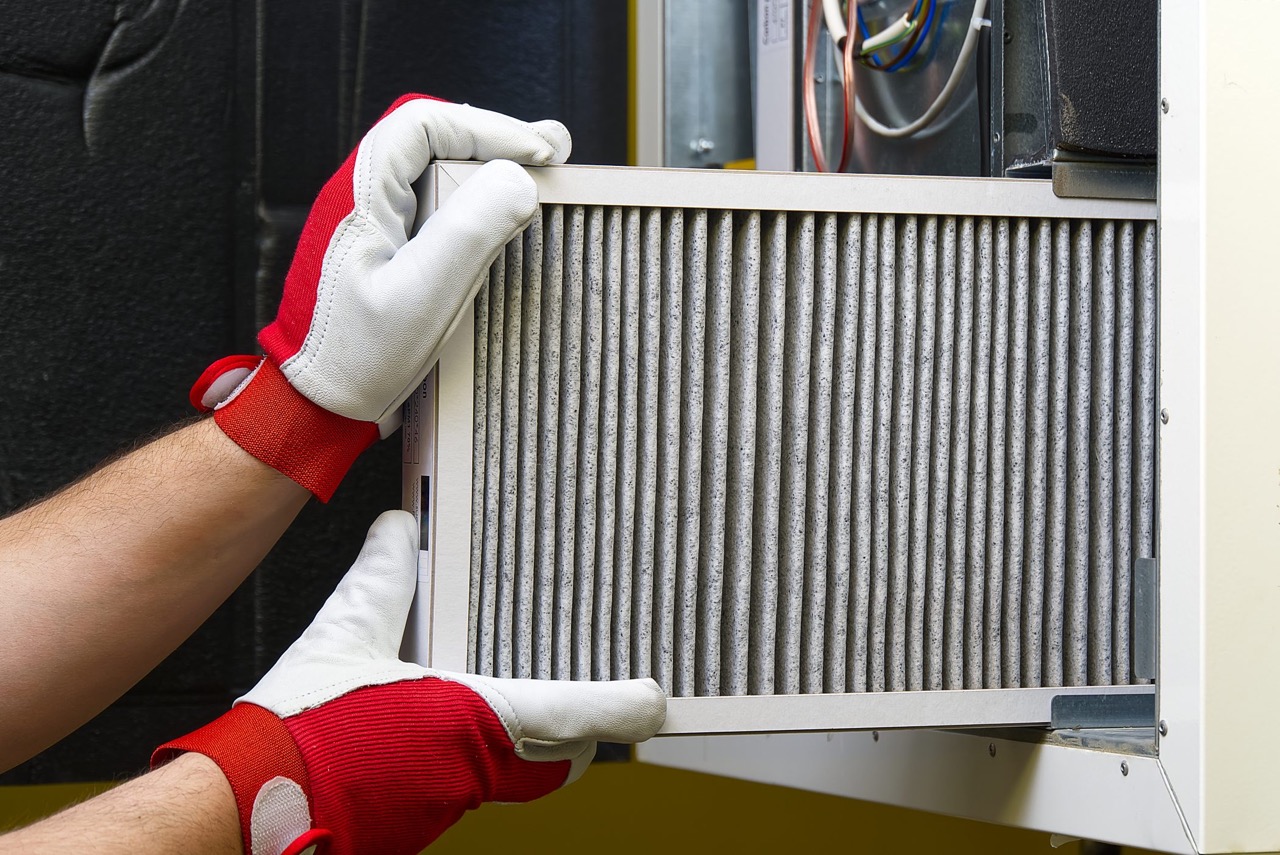
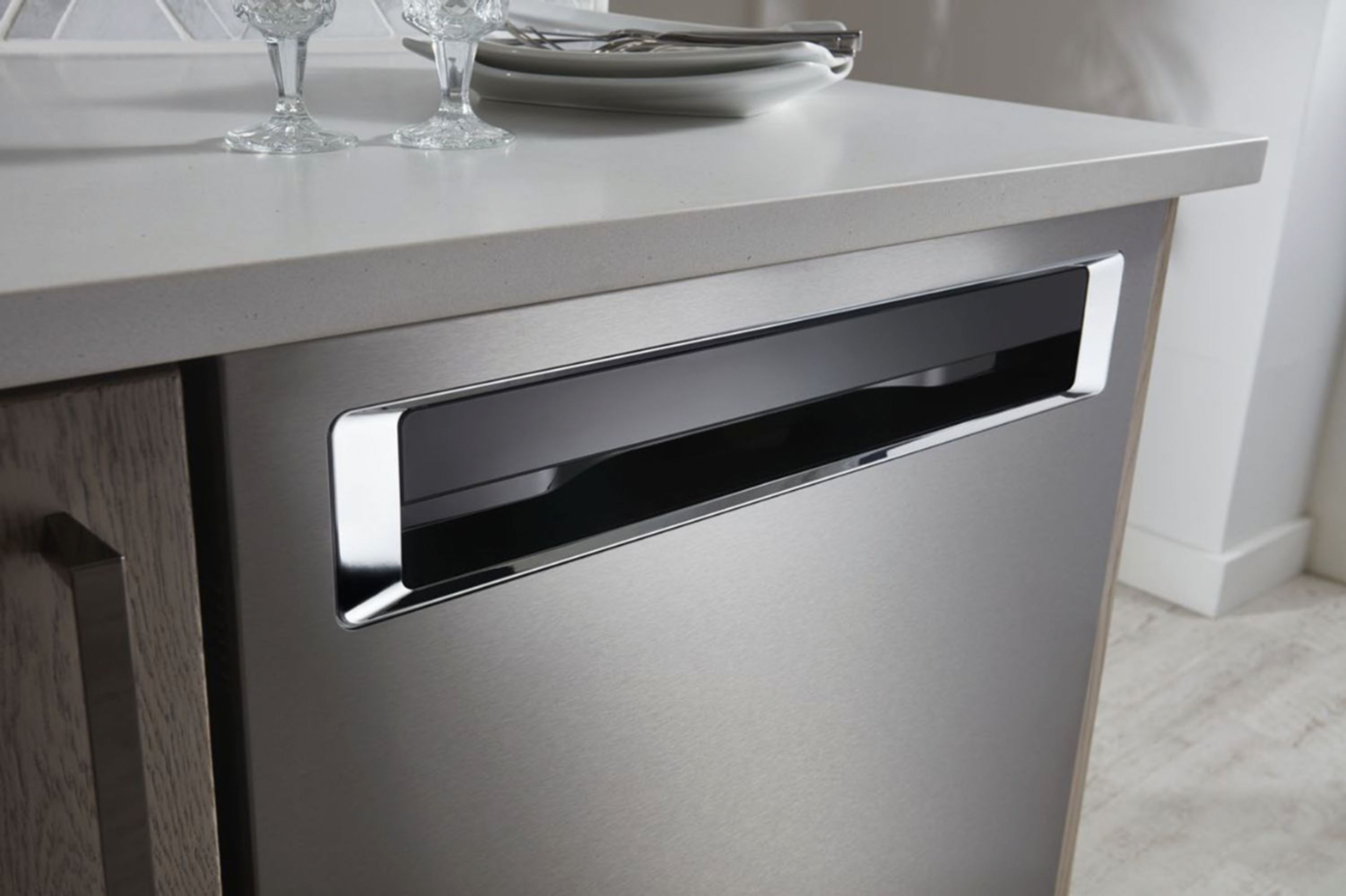
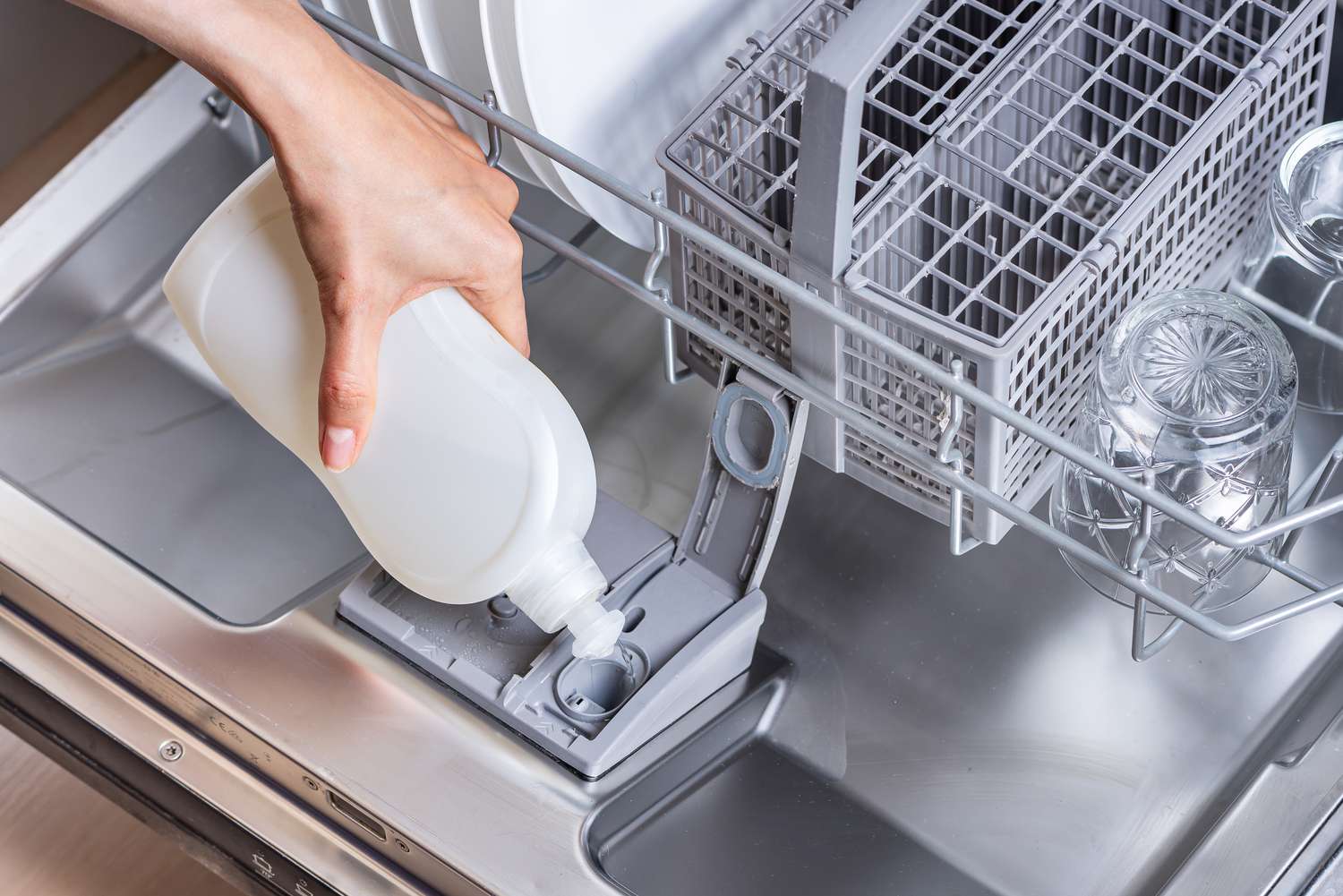
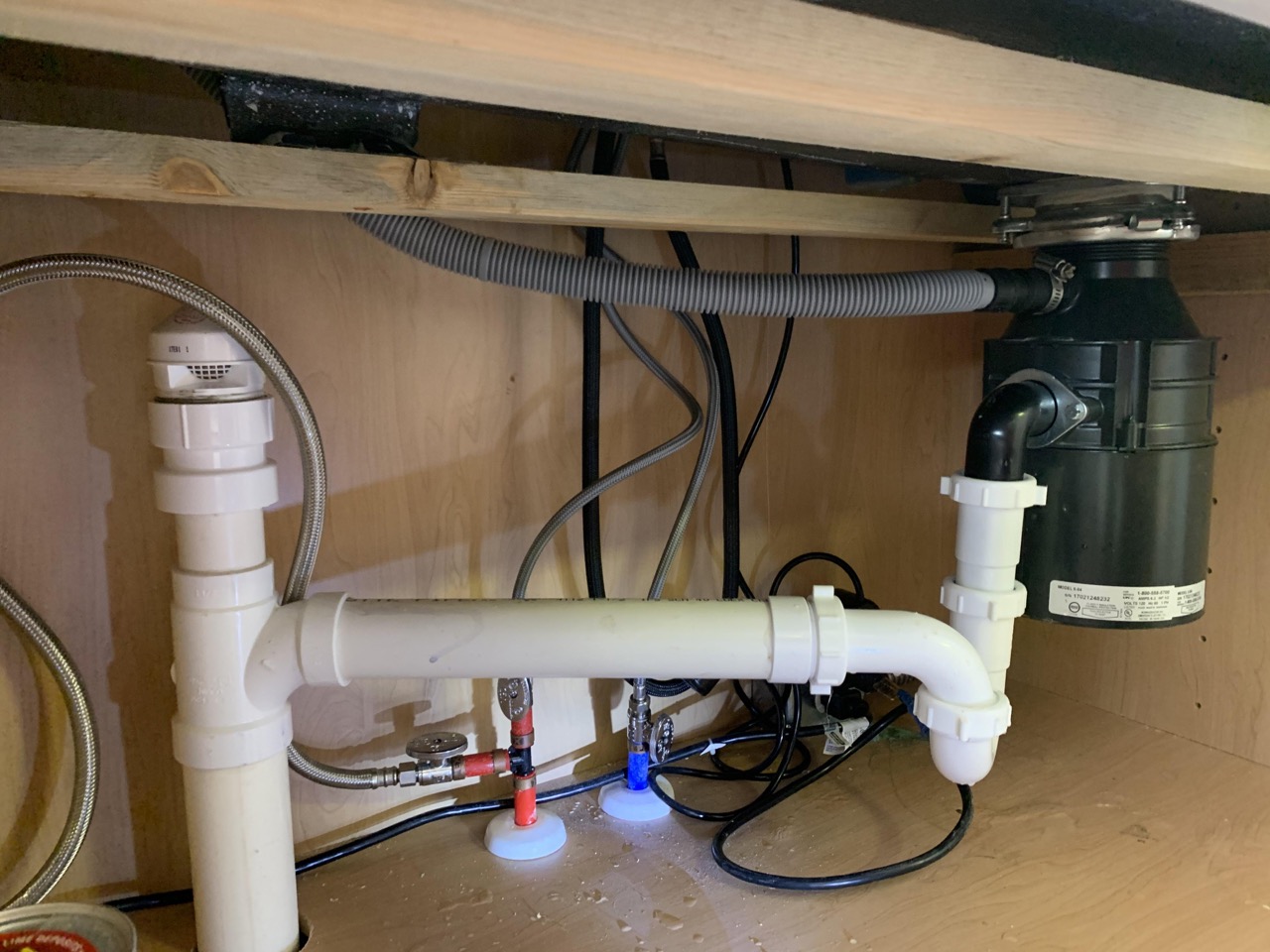
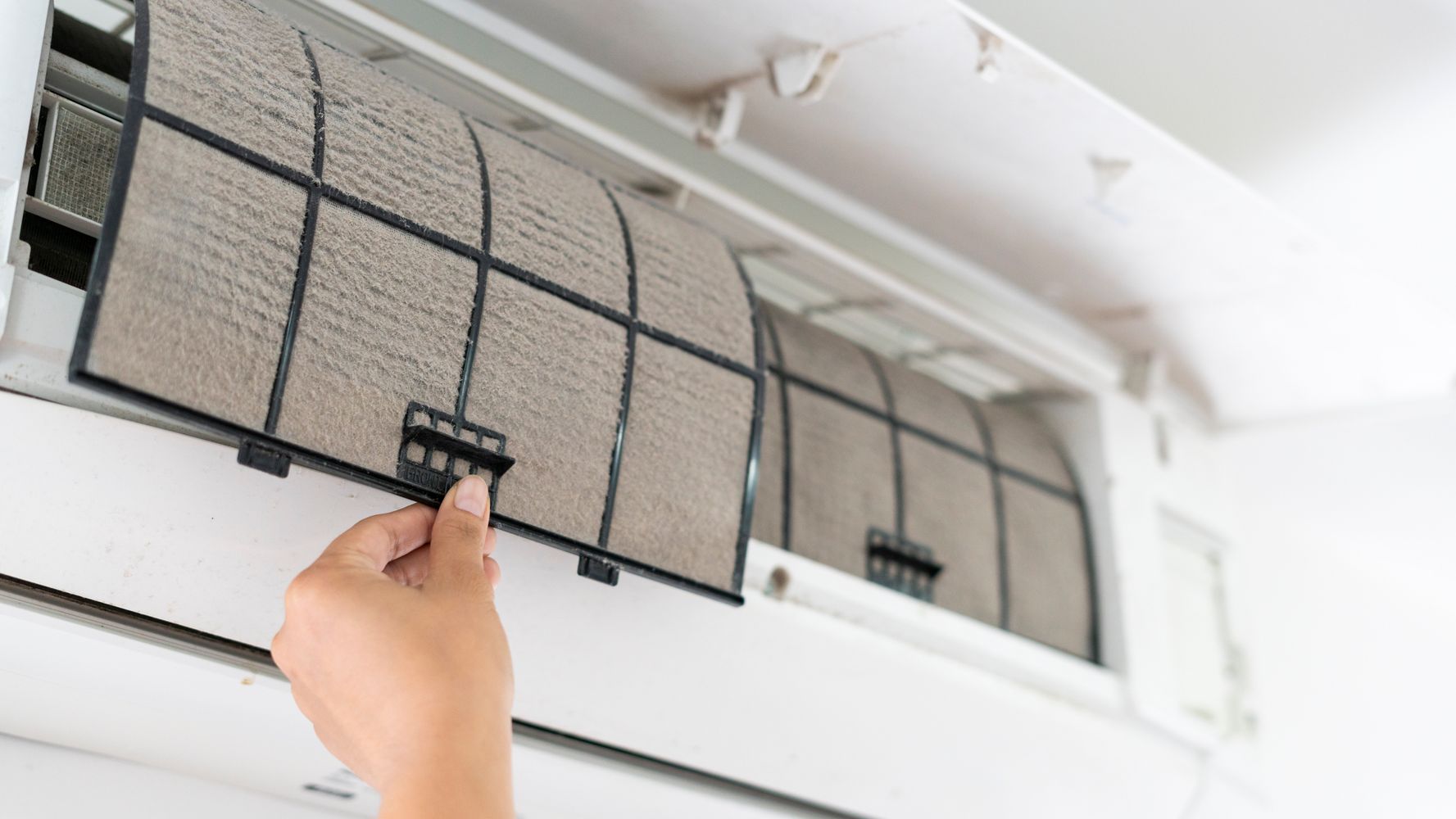
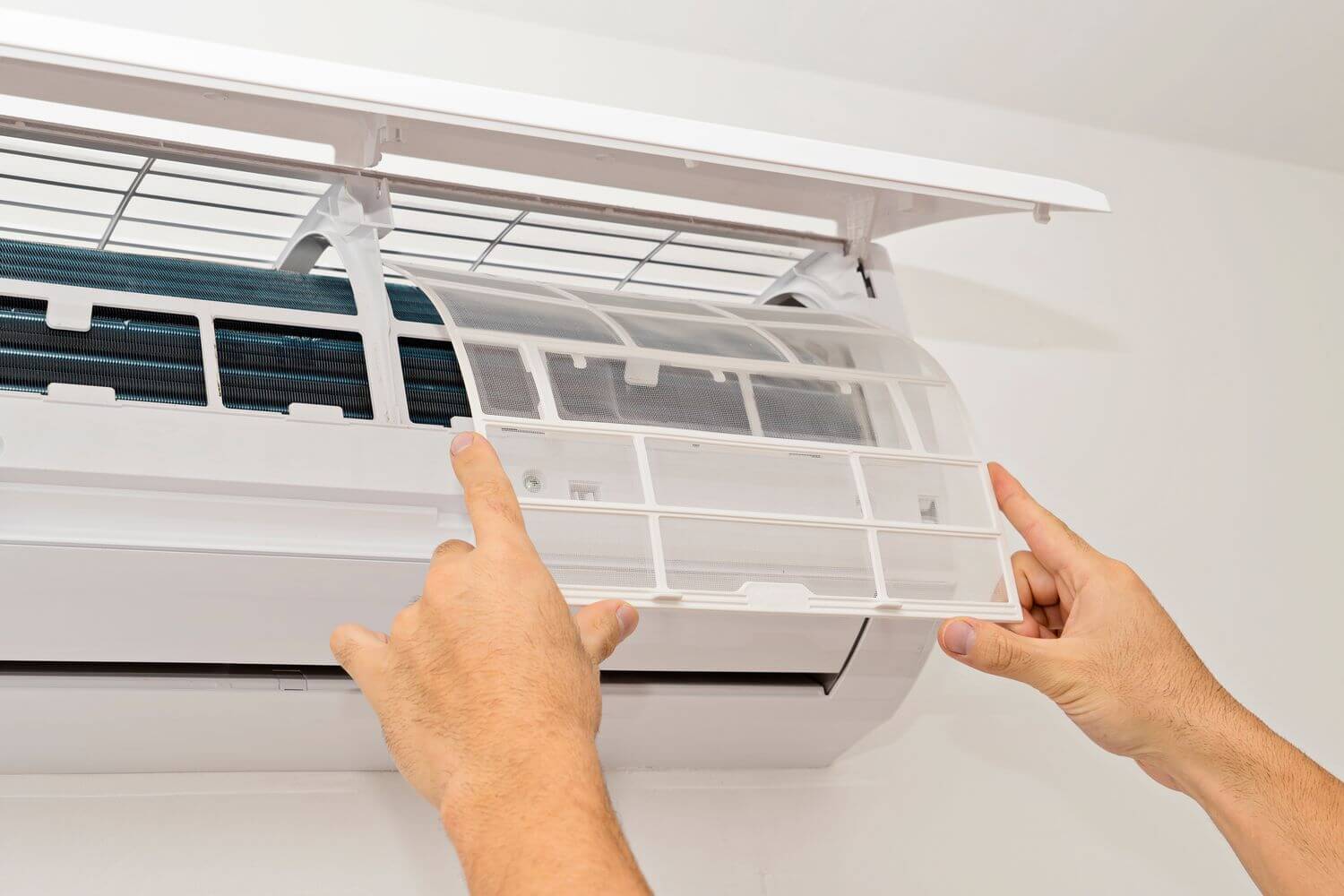
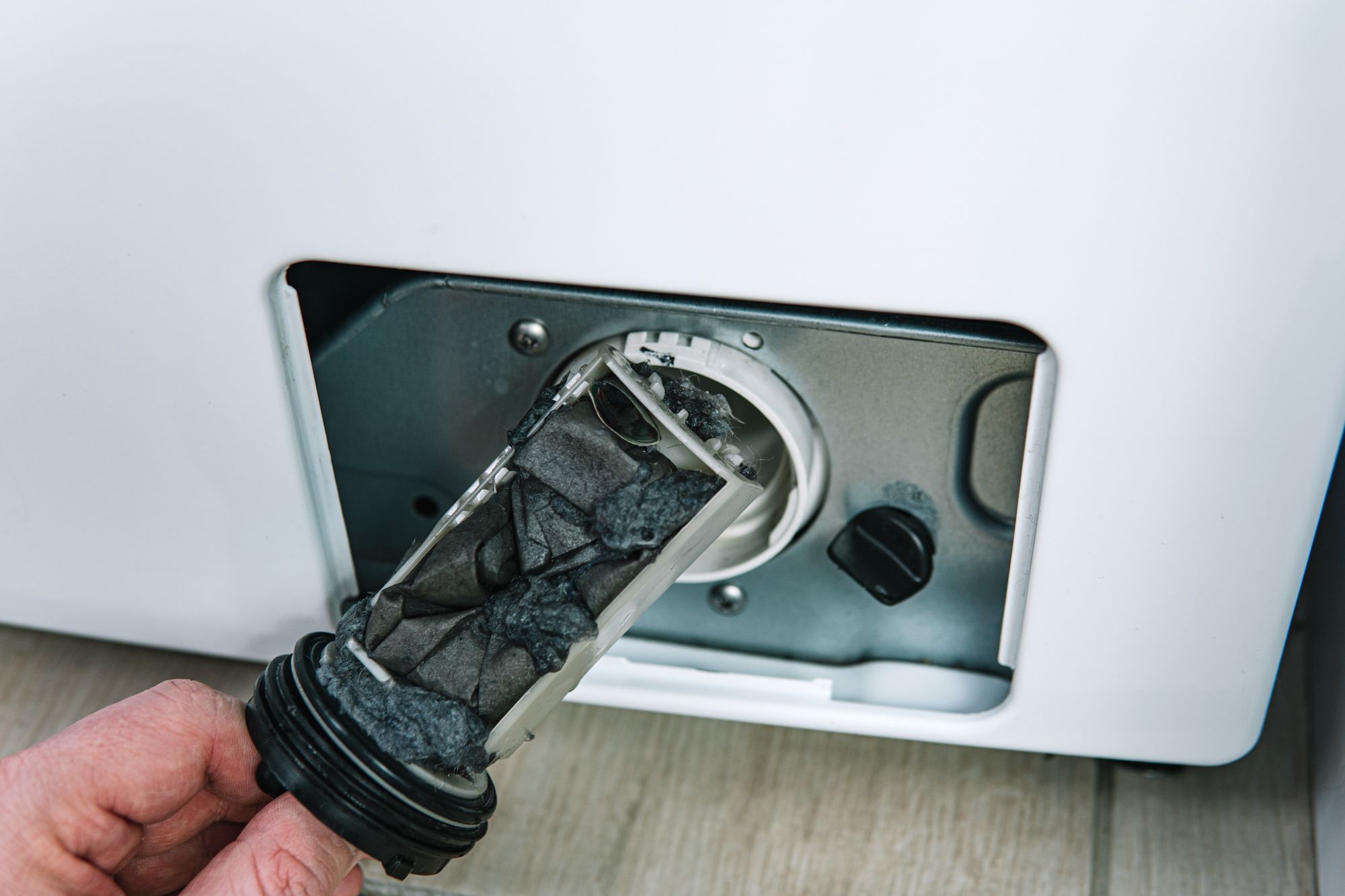

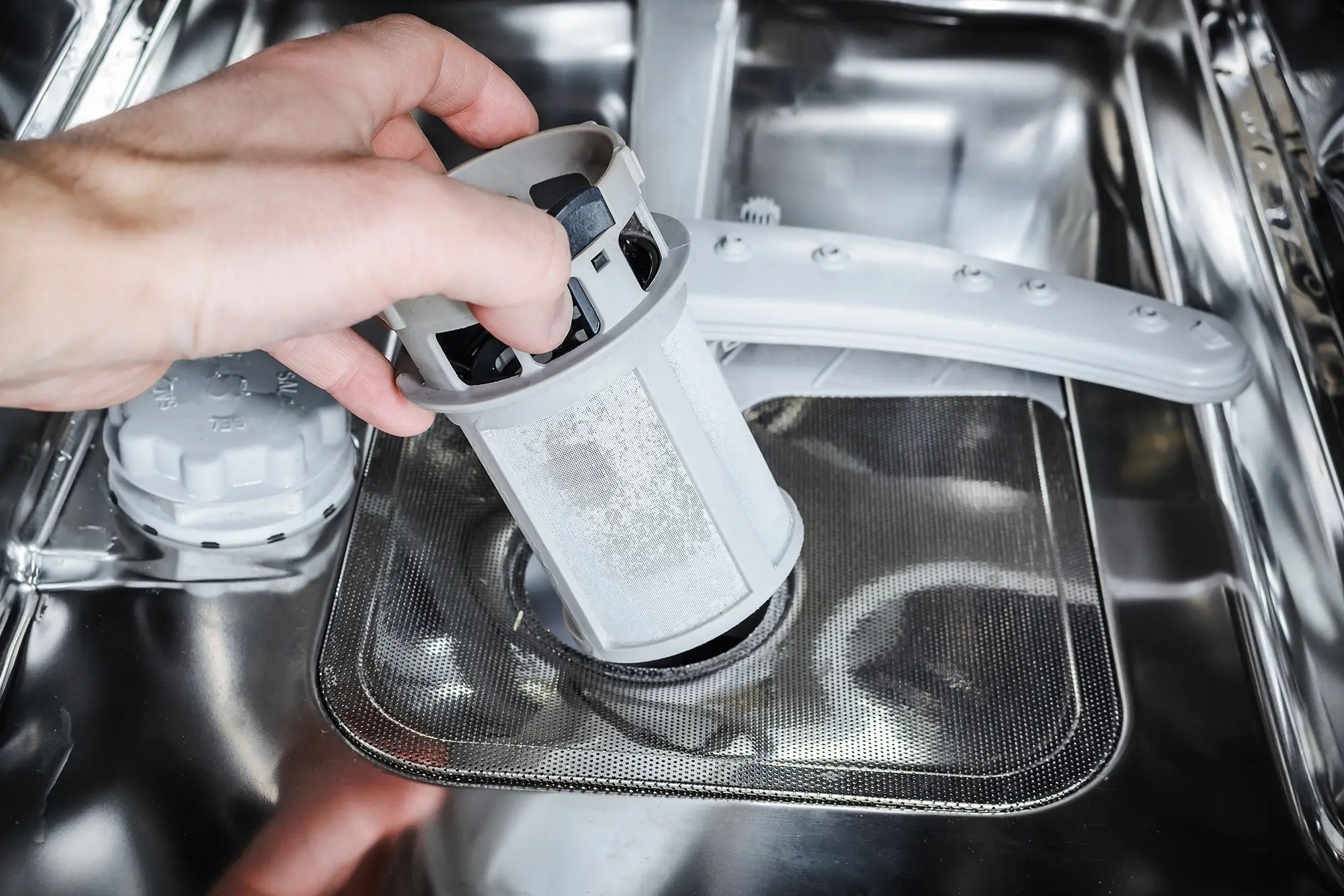
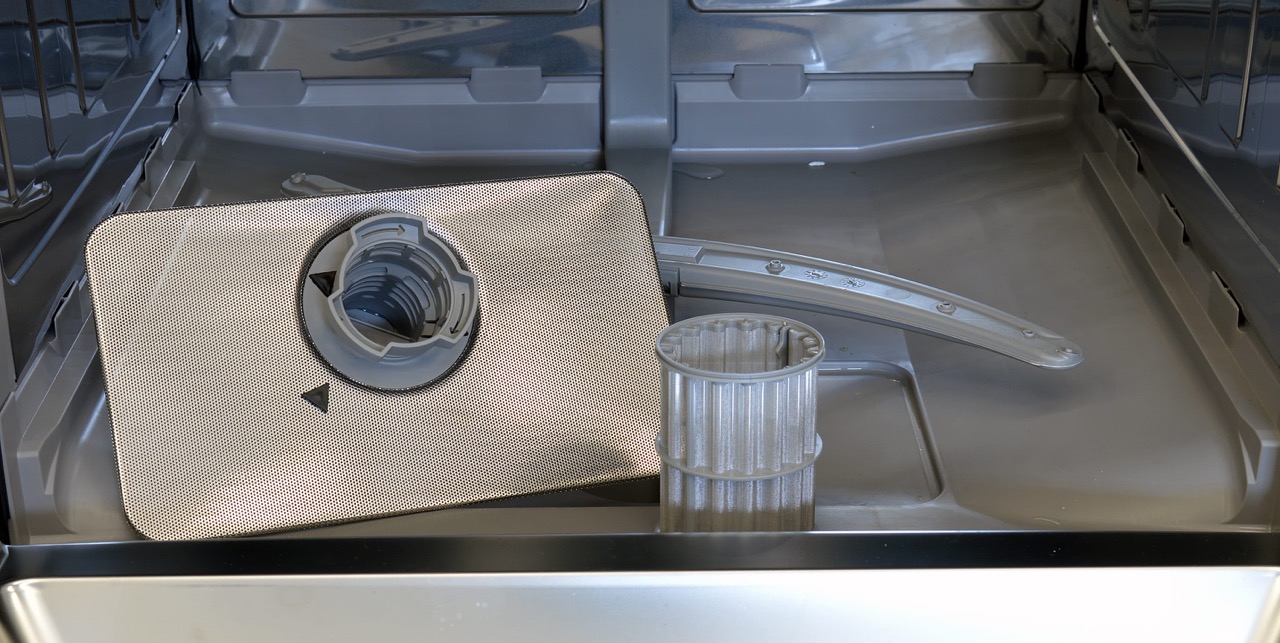
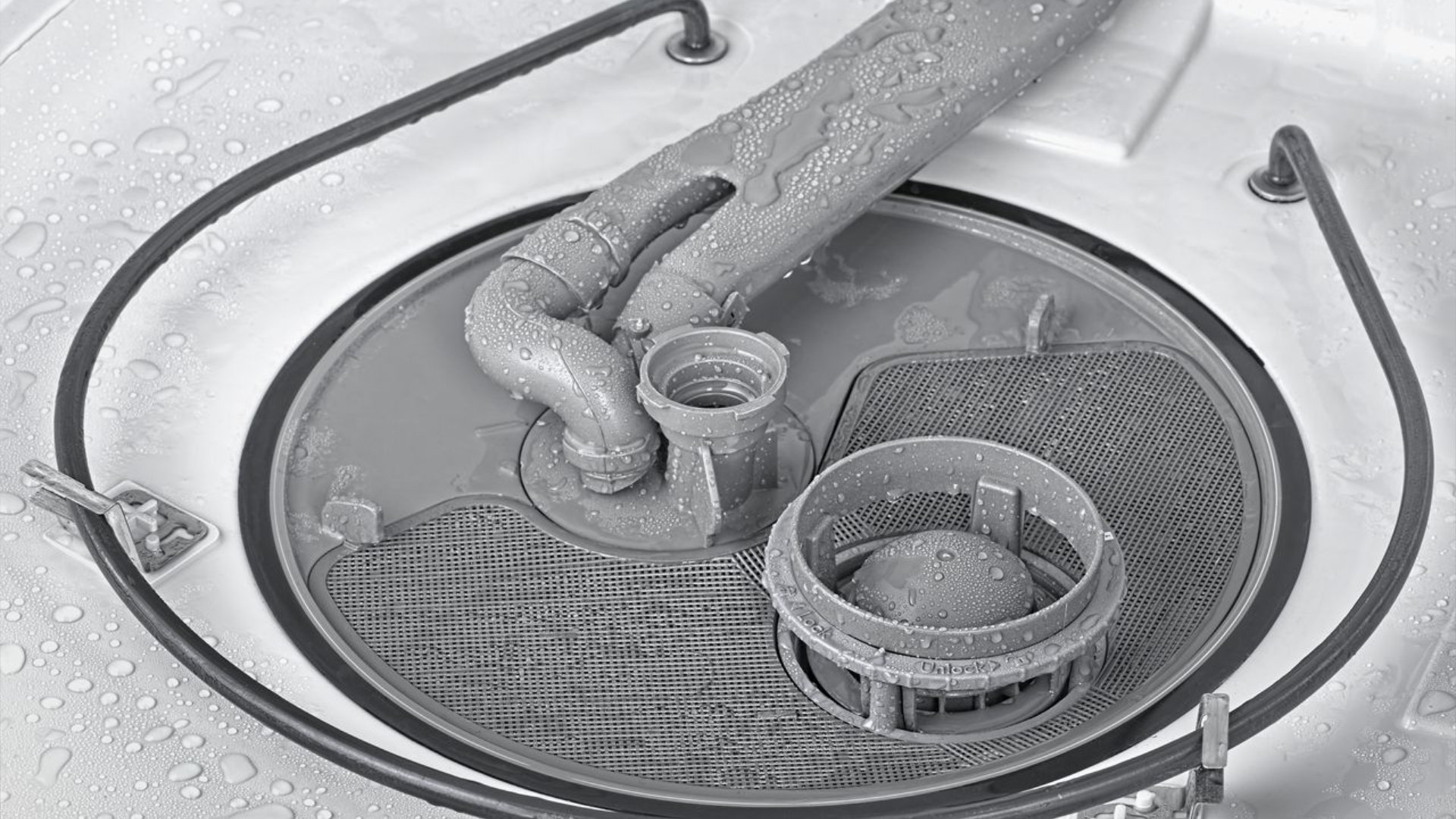
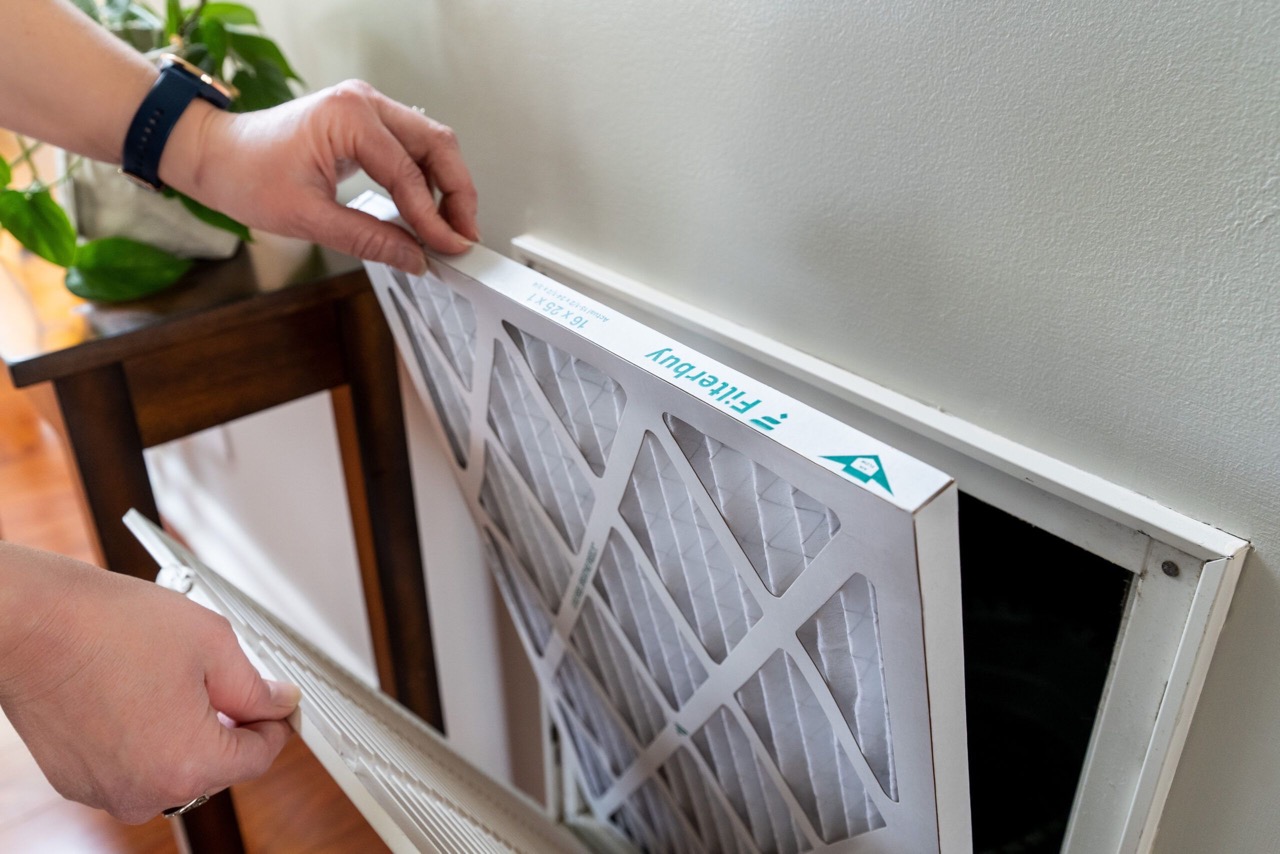
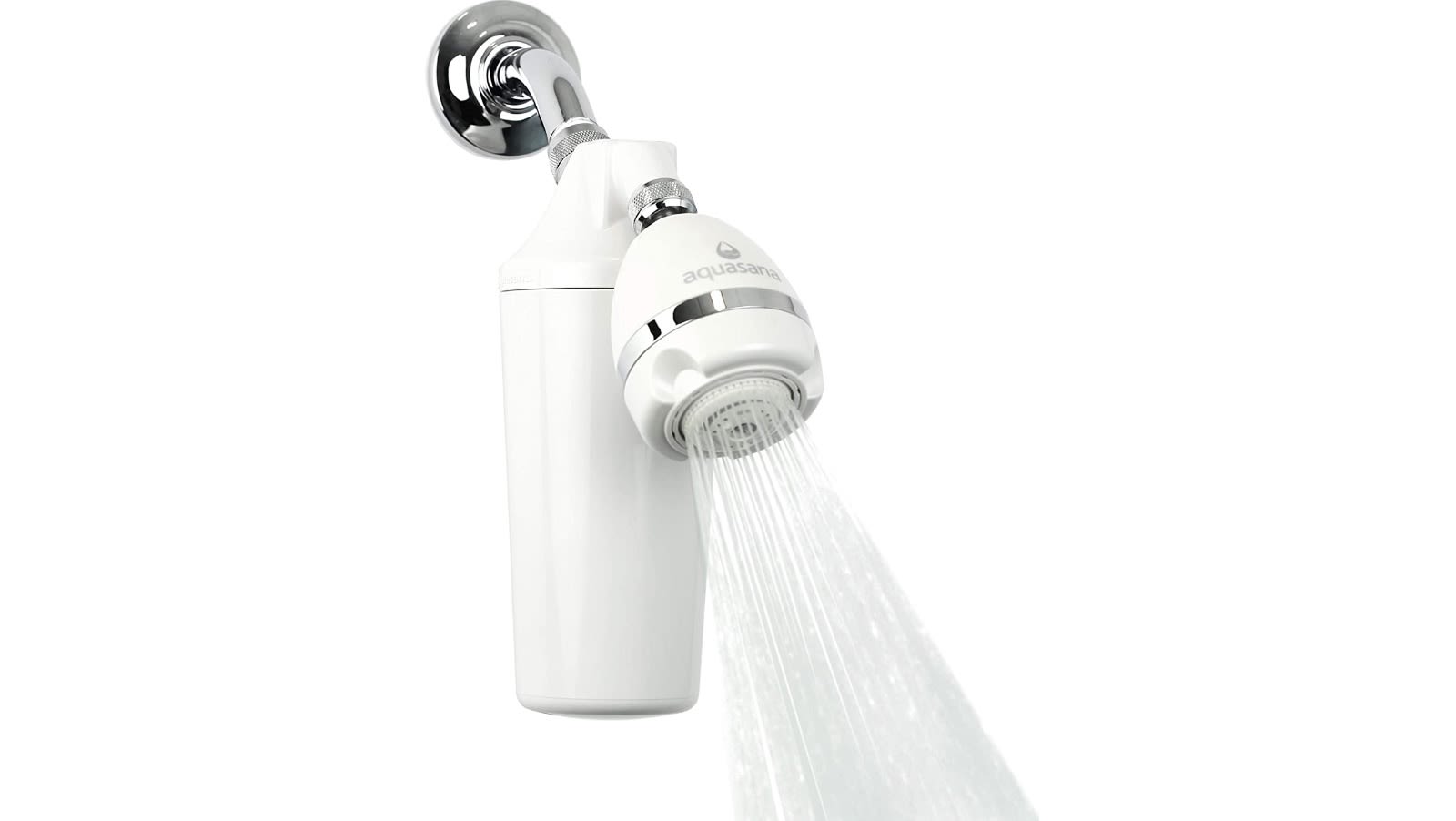
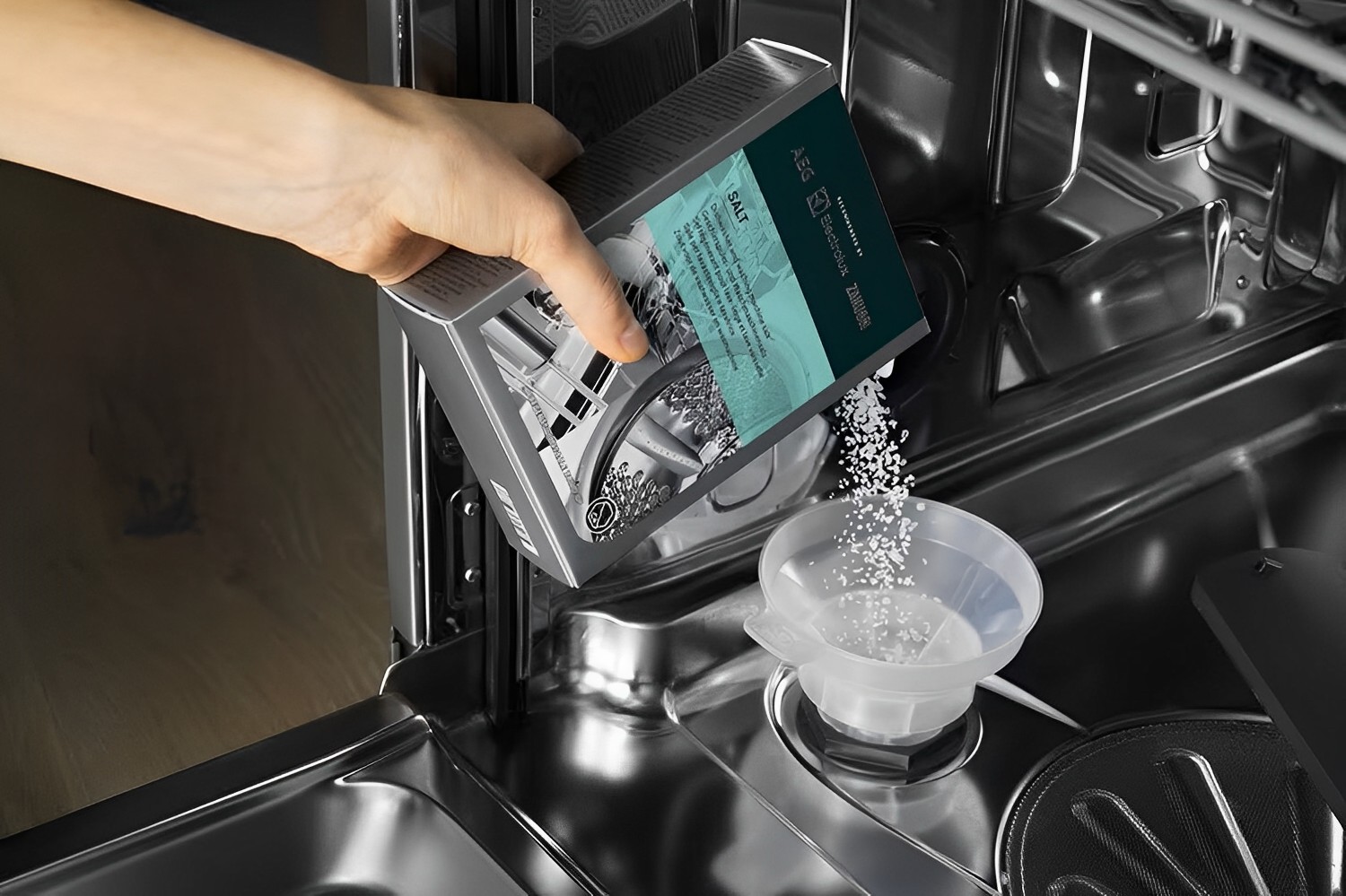

0 thoughts on “Where Is The Filter In A Dishwasher”